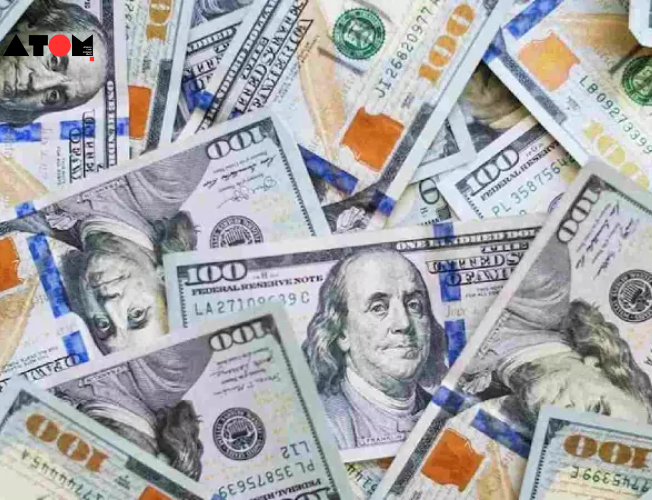India’s foreign exchange reserves have continued their upward trajectory, reaching a historic high of $642.631 billion for the week ending on March 22, according to the latest data released by the Reserve Bank of India (RBI). This marks the fifth consecutive week of increase, with the reserves growing by $139 million in the reporting period.
Gold Reserves See Increment
During the same week, gold reserves also saw a notable increase from $347 million to $51.487 billion, contributing to the overall surge in India’s forex reserves.
Foreign Currency Assets Experience Minor Decline
However, India’s foreign currency assets (FCA), the largest component of the forex reserves, experienced a slight decline of $123 million, reaching $568.264 billion, as per the central bank’s weekly statistical data.
Understanding Forex Reserves and RBI Intervention
Forex reserves, held by a nation’s central bank or monetary authority, consist of assets primarily denominated in reserve currencies like the US Dollar, Euro, Japanese Yen, and Pound Sterling. These reserves play a crucial role in stabilizing the domestic currency and supporting external trade and payments.
Factors Influencing Forex Reserves
Changes in foreign currency assets are influenced by various factors, including exchange rate fluctuations, investment returns, and interventions by the central bank. Additionally, fluctuations in global financial markets and geopolitical developments can impact the composition and size of forex reserves.
RBI Intervention Strategy
The RBI intervenes in the forex market to maintain stability and prevent excessive volatility in the exchange rate. This intervention involves actions such as buying or selling foreign currency reserves to influence the rupee’s value against major currencies like the US Dollar.
Performance in Previous Years
In 2023, the RBI added approximately $58 billion to India’s forex reserves, showcasing a robust accumulation compared to the preceding year. Conversely, in 2022, the forex reserves witnessed a cumulative decline of $71 billion due to various economic factors and external pressures.
Recent Market Conditions
Market observers note that the RBI’s intervention in the forex market has been significant, particularly amid a challenging economic environment characterized by currency depreciation and volatility. The central bank’s proactive measures aim to maintain orderly market conditions and ensure the stability of the domestic currency.
Outlook and Market Dynamics
Looking ahead, the trajectory of India’s forex reserves will depend on multiple factors, including global economic trends, trade dynamics, and policy measures adopted by monetary authorities. The RBI’s continued vigilance and strategic interventions are expected to play a pivotal role in safeguarding the country’s external financial stability.
Further Analysis
India’s record-high forex reserves underscore the nation’s resilience amid evolving global economic landscapes. With the RBI’s proactive approach and prudent management, India remains well-positioned to navigate potential challenges and capitalize on emerging opportunities in the international financial markets.
Read more: Marketing News, Advertising News, PR and Finance News, Digital News.





